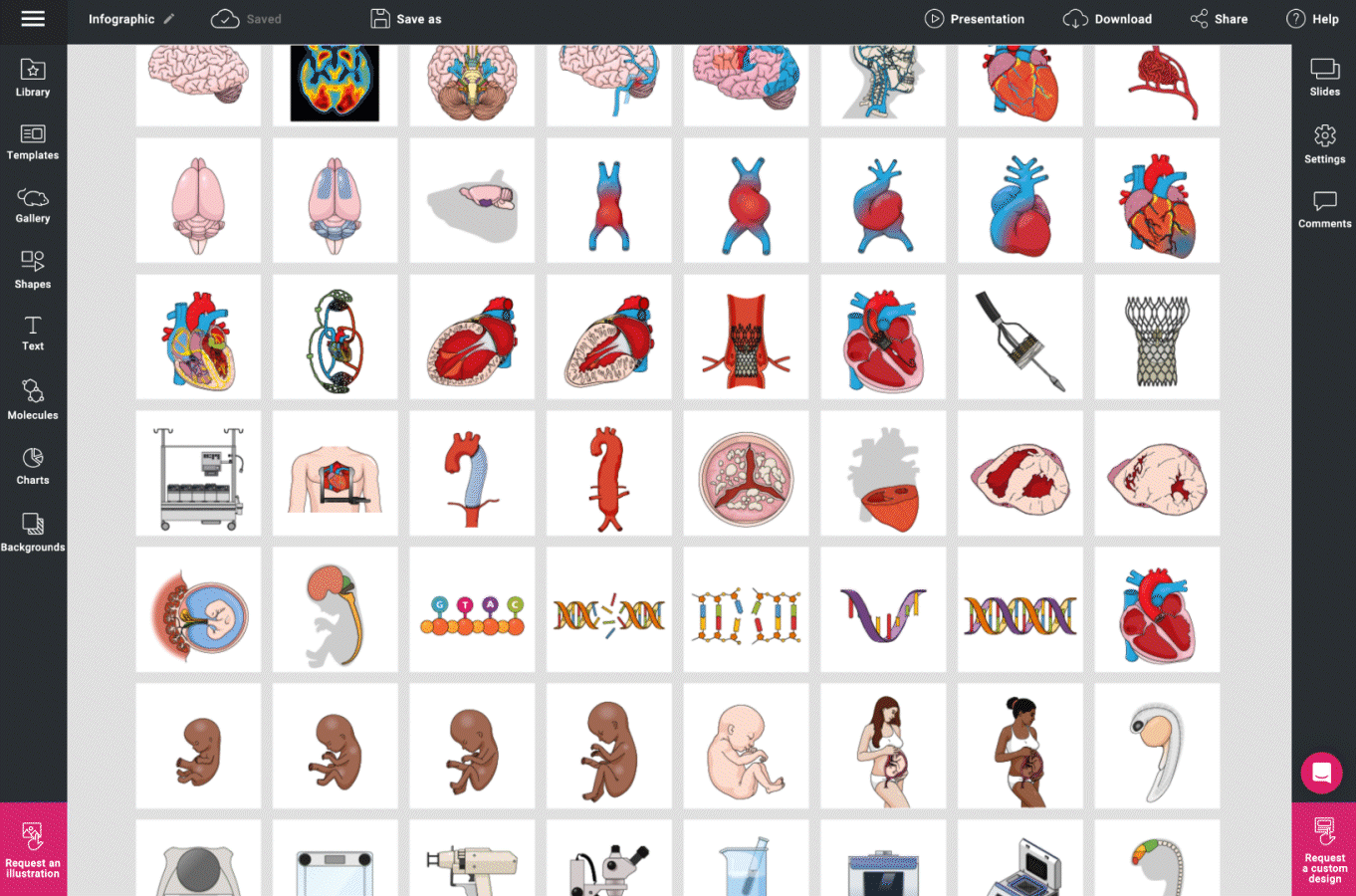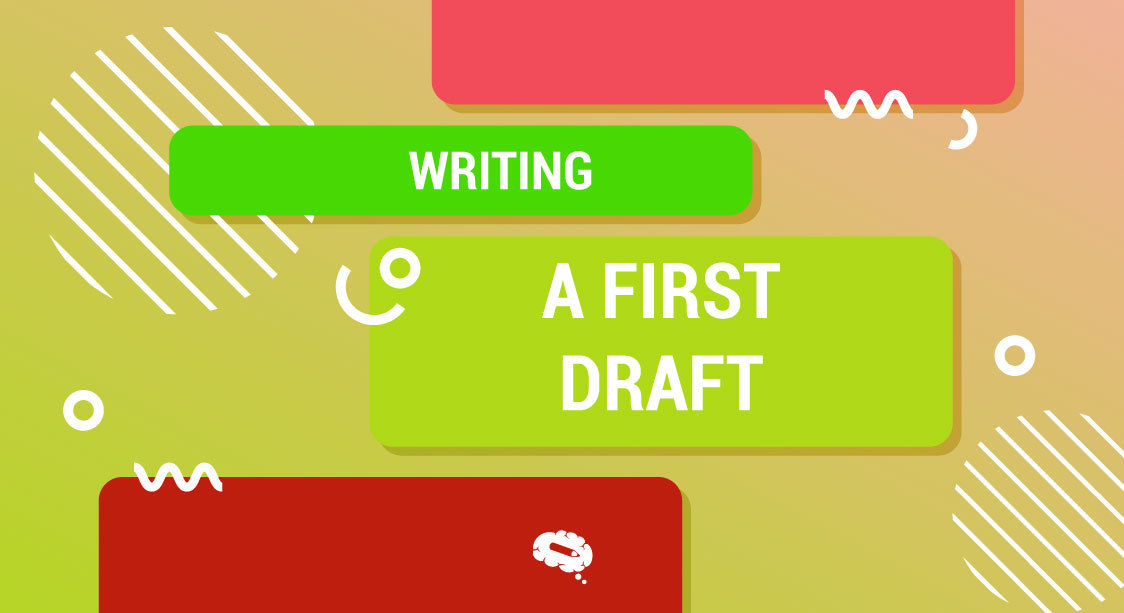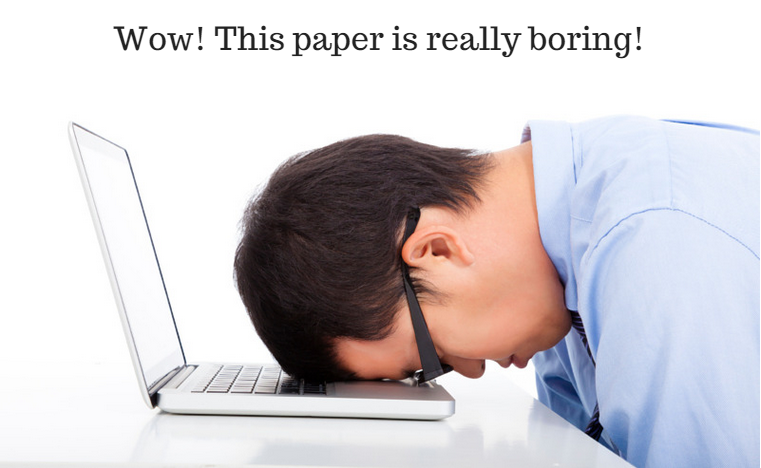Whenever writers are composing a piece, there exists an important, but often daunting phase – the first draft. It can be challenging for both aspiring writers and seasoned authors to take this first step. Fear of imperfection impairs creativity, hindering the flow of ideas. There is no need to worry, however, for all writers possess the ability to produce a remarkable first draft.
Setting clear goals and unchaining ourselves from self-criticism will guide our creative journey. Throughout this blog, we explore how to write with confidence, how to liberate our true voices, and what it means to write a first draft.
First Drafts And Their Significance In Writing
First drafts are extremely important in the writing process since they serve as the foundation for the entire project. It is a record of the author’s initial thoughts, ideas, and creativity put onto paper, which gives shape to their vision. The first draft offers an extraordinary opportunity for exploring concepts freely and discovering new insights, despite its imperfections. Ultimately, it allows writers to discover their authentic voice and overcome their self-doubt. Through revision and editing, raw ideas are transformed into polished, cohesive communication or art. In order to unlock one’s full writing potential, one needs to embrace their first draft with confidence.
10 Reasons To Write A First Draft
Writing a first draft is one of the most important steps in the writing process, serving as a valuable stepping stone towards a polished and compelling final product. Here are a few reasons why it is so important to embrace the first draft with confidence:
- Creating a canvas: With first drafts, writers are free to explore ideas, narratives, and themes without worrying about perfection.
- Embracing creativity: Writers can let their imaginations run wild and tap into their creativity in these spaces, resulting in new ideas and fresh perspectives.
- Writing foundation: The first draft provides structure and direction to the rest of the writing project, guiding the writer.
- Writing progress: Writing a first draft is an important milestone in the writing journey, indicating dedication to the craft and encouraging writers to continue.
- An extensive brainstorming session: When writers brainstorm first drafts, they discover unexpected threads and possibilities.
- Gaining clarity: Initial drafts help organize thoughts and ideas, helping writers identify which parts work well and which parts need improvement.
- Opportunity for feedback: Receiving valuable feedback from trusted peers and writing communities opens the door to new insights and perspectives.
- Editing and revision: After a first draft has been completed, writers can refine and polish their content until they reach their full potential.
- A valuable learning experience: Writing a first draft is an invaluable learning experience, teaching writers the importance of narrative development, text construction, and writing craftsmanship.
- The rule of perfectionism: Understanding that the first draft is imperfect is a key step in releasing the need for perfection.
First Draft: Six Easy Steps
When writing a first draft with confidence, you should embrace your creativity, turn off your inner critic, and accept that mistakes are stepping stones toward excellence. Take the time to craft your ideas into a compelling piece of writing, and trust your abilities as a writer. Here are six easy steps to help you write your first draft.
Step 1: Identify Your Audience And Purpose
Decide what your writing is intended to accomplish and identify the target audience. Writing with direction and focus is possible when you understand the audience and the message you wish to convey.
Step 2: Set Up A Writing Environment That Is Conducive To Creativity
Organize a writing area that is comfortable, inspiring, and free from distractions. You can boost your creativity by surrounding yourself with elements such as calming music, flowers, or visual stimuli. By keeping your environment clutter-free, you will be able to clear your mind and be more productive.
Step 3: Identify Realistic Goals And Deadlines
Plan to complete your first draft by establishing realistic goals and deadlines. You will be able to stay motivated and less overwhelmed if you break the writing process down into smaller tasks. Every day, set aside a specific time for writing.
Step 4: Engage In Free Writing And Brainstorming
The first step to unleashing your creativity is to engage in free writing sessions. You should avoid worrying about grammar or structure when writing, allowing your ideas to flow naturally. You can skip the part you can’t write right now and write what is possible for you at the moment, and then come back later. Create connections between ideas and new concepts through brainstorming exercises.
Step 5: Let Go Of Your Critical Thoughts
When writing the first draft, don’t be too critical of yourself. Don’t worry if the work you produce is imperfect at this point. You can refine and revise your ideas at a later date. Concentrate on getting your thoughts down on paper.
Step 6: Get Feedback And Support
If you are interested in getting constructive feedback on your first draft, you can share this with a trusted friend, enthusiast community, or writing mentor. Make the most of feedback as a way to improve and refine your work by embracing it as an opportunity.
As far as the first draft is concerned, there is no right or wrong structure. The idea is to put everything into one place so that you can further develop and structure it in future versions. Therefore, you don’t need to worry about anything specific, and you can just get started writing. Now that you’ve got the steps, we wish you a wonderful writing time!
Bring Your Creativity To Life
Creating a conducive writing environment is key to unleashing your creative flow. Make sure you are in an environment that is conducive to your creativity, without distractions. There are countless quiet spots in your house, a cozy café, or even a serene outdoor setting. Make your writing space more creative by adding plants, artwork, or soothing music. Clearing your mind and focusing on your task is easier in an organized environment.
Creative Exercises For Overcoming Writer’s Block
When you experience writer’s block, you may feel trapped in your writing, but creative exercises can provide you with a way out. Write freehand, without judgment or structure, as you come to mind. You can uncover new perspectives by creating a mind map, a technique that visually connects ideas. For a jump-start on your imagination, try word association games or prompts. As these exercises are embraced, barriers will gradually disappear, allowing words to flow more freely.
Self-Criticism Free Writing
In the initial draft phase, it is important to quiet the inner critic. Embrace the imperfection of your first draft, understanding that it is only the beginning of your creative process. As you write, do not self-edit; instead, express yourself freely. Writers should embrace imperfections and produce rough drafts. In the editing process, you will refine the ideas you create by letting them flow freely. Your confidence as a writer will grow when you enjoy the freedom of the first draft, leading to a polished and impactful final draft.
Making Your First Draft More Effective And Reliable Through Visualization
The presentation and understanding of scientific findings can be revolutionized by including visual elements in your first draft. Mind the Graph makes complex data visually engaging, simplifying comprehension for your audience with powerful tools. Take advantage of visuals to elevate your analyses and leave a lasting impression on your audience.


Subscribe to our newsletter
Exclusive high quality content about effective visual
communication in science.





